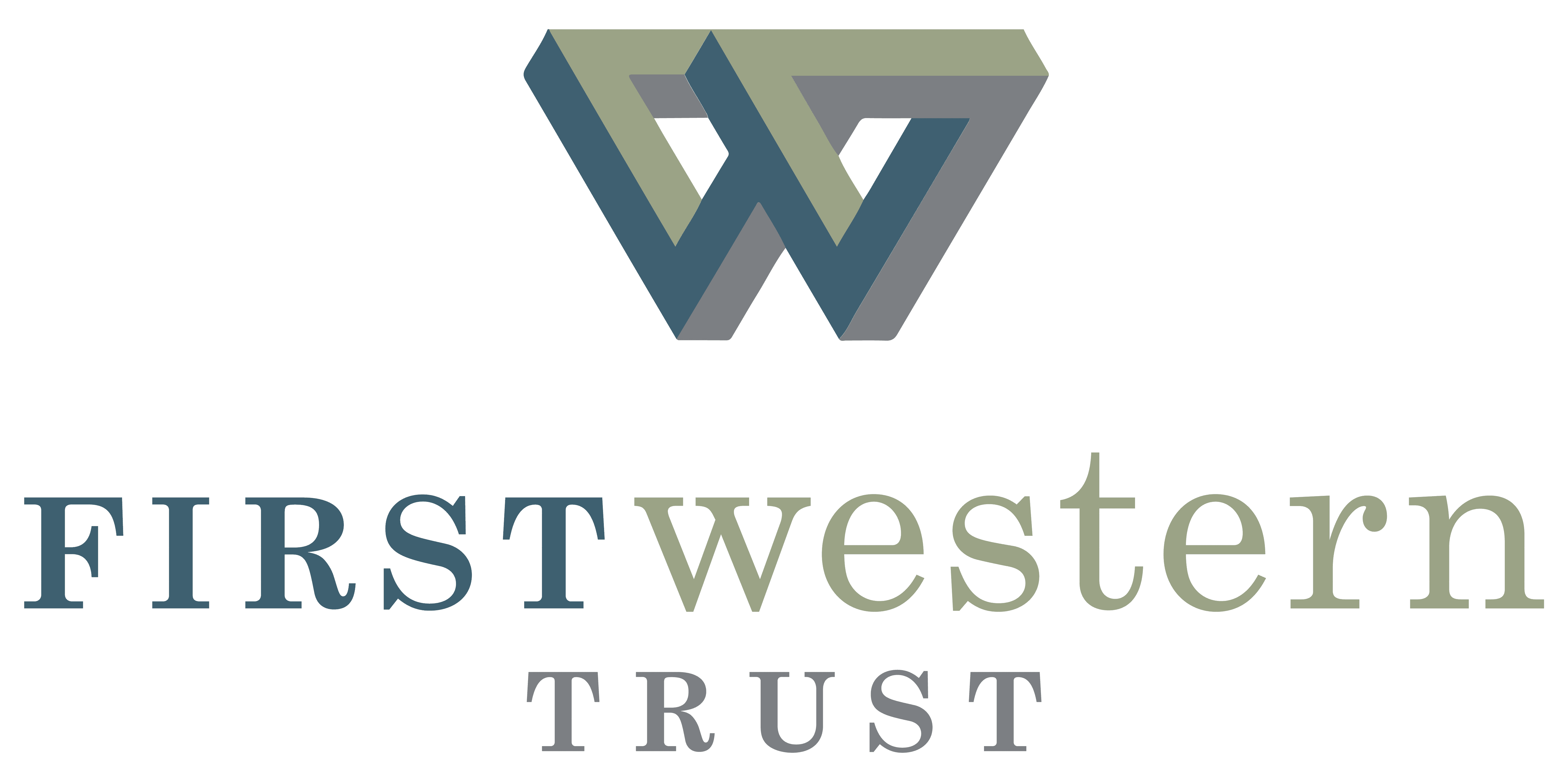
Staying Compliant with ERISA Regulations
August 25, 2022
The Employee Retirement Income Security Act (ERISA) was landmark legislation enacted in 1974 to protect American workers’ pensions from abuses, fraud, and negligence. ERISA was a game-changer as it expanded the government’s role in safeguarding not only the establishment of private retirement plans, but the operation and administration of those plans by delegating regulatory oversight to three federal agencies: the Department of Labor (DOL), The Internal Revenue Service (IRS) and the Pension Benefit Guaranty Corp. (PBGC).
ERISA applies to employer-sponsored retirement plans offered to employees by corporations, partnerships, sole proprietorships, and non-profit organizations. Governmental employers and churches are exempt from the application of ERISA. However, they are typically covered by state regulation that for the most part mirrors ERISA.

Why should employers care about ERISA? Because failure to comply with ERISA’s requirements can lead to DOL enforcement actions, penalty assessments and/or employee lawsuits. Lawsuits not only focus on the organization but can and have gone after the individual plan fiduciary’s personal assets.
This begs the question, who is a fiduciary? The answer: the Plan Sponsor is ALWAYS a fiduciary. Within the organization, the individual(s) who make decisions on the plan are the fiduciaries.
When a retirement plan is established, it must be managed in compliance with the various provisions mandated under ERISA, which include the following:
Conduct: ERISA requires a plan fiduciary to “discharge his duties with respect to a plan solely in the interest of the participants and beneficiaries and for the exclusive purpose of:
- providing benefits to participants and their beneficiaries (the “exclusive benefit rule”)
- defraying reasonable expenses of administering the plan.”
ERISA also requires that fiduciaries discharge their duties “with the care, skill, prudence, and diligence under the circumstances then prevailing that a prudent man acting in a like capacity and familiar with such matters would use.”
Reporting and Accountability: ERISA requires detailed accountability and reporting to the federal government including:
- Filing Form 5500 annual reports and summary annual reports.
- Plan Sponsors must secure a Fidelity bond. The minimum amount is $1,000 if the plan is new or 10% of the plan assets up to a maximum bond of $500,000 unless the plan holds company stock then the maximum is $1,000,000.
Disclosures: Certain legal documentation and disclosures must be provided to plan participants:
- Have a written plan document and summary plan description (SPD) that clearly lists the benefits being offered, the rules for getting those benefits, the plan’s limitations, and other guidelines for obtaining benefits.
- Annual required notices must be sent out to all eligible participants.
Financial and Best-Interest Protection: ERISA acts as a safeguard to assure that plan funds are protected and delivered in the best interest of plan participants. ERISA also prohibits discriminatory practice when granting plan benefits to qualified individuals.
- Annual compliance testing is required of all plans covered under ERISA.
In recent years there has been a flurry of new ERISA legislation:
2006: Pension Protection Act (PPA): Amongst many provisions, PPA addressed funding requirements for defined benefit plans, introduced several mandatory disclosure requirements to plan participants, created safe harbor protections for employers to prudently implement automatic enrollment and automatic increase plan design features, established Qualified Default Investment Alternatives (QDIAs) as well as increased the maximum contribution limits.
2010, 2012: The DOL released 404(a)(5) which mandates service providers to disclose operational and investment fees through a required notice to participants and 408(b)(2) which mandates fee disclosures to plan sponsors from service providers.
2019: Setting Every Community Up for Retirement Enhancement Act (SECURE Act): Effective 1/1/20, the SECURE Act Extended Required Minimum Distributions (RMDs) from age 70 ½ to age 72, introduced tax incentives and credits for small employers to start a 401(k) plan, allows for unrelated employers to share in 401(k) administration through an arrangement called a Pooled Employer Plan (PEP), increased automatic escalation maximum in Qualified Automatic Contribution Arrangements (QACA), and allows employers to enroll part-time employees into the plan after a three-year period.
Pending 2022: Setting Every Community Up for Retirement Enhancement Act 2.0 (SECURE Act 2.0): This legislation has bi-partisan support and has passed the House and now sits with the Senate and is expected to pass by the end of 2022. Following the success of the SECURE Act of 2019, SECURE 2.0 intends to increase RMDs from 72 to 75, gradually increase catch-up contributions for participants over 50 in ages 62, 63, and 65, increase small employer plan start up credits, permit employers to match employees who are making student loan payments, and allow employers to making matching contributions as Roth contributions, amongst other provisions.
With all these regulations and potential new legislation being enacted, many plan sponsors are finding it difficult to manage these plans and stay in compliance. We understand the importance of offering a competitive retirement plan in today’s environment and how limited plan sponsors’ day-to-day management time is. We have an experienced team that solely focuses on organizational retirement plans. Our retirement consulting team partners with you to install a proven governance process and to make sponsoring your retirement plan as hands-free as possible.
Sources: EBRI.org, IRS.gov, journalofaccountancy.com, Pensionmark.com













